Jean-Pierre Serre: A Giant of 20th-Century Mathematics
The Early Life and Education
Jean-Pierre Serre, born Jean-Pierre Gabriel Serre on September 15, 1926, in Bages, France, was one of the most influential mathematicians of the twentieth century. His contributions span a remarkable breadth within algebraic topology and have had significant impacts on number theory and various fields of pure mathematics. Growing up in a small village, Serre displayed an early inclination towards mathematics from his high school years.
He attended the Lycée Néel in Forcalquier, where he showed extraordinary talent and passion for mathematics. His exceptional abilities caught the attention of the renowned French mathematician Laurent Schwartz, who noticed Serre’s potential at a young age. Following his high school education, Serre was awarded a prestigious bursary known as the Louis-Jeune Bursary, which helped him attend École Normale Supérieure (ENS) in Paris. At ENS, serre honed his mathematical skills under the guidance of leading mathematicians of the time.
The Rise of Serre and his Contributions
Serre's career took off in the late 1940s, when he became associated with Henri Cartan at the École Normale Supérieure. During this period, Serre made several groundbreaking contributions to algebraic topology, particularly in the area of homotopy groups and fibrations. These early works laid the groundwork for his later research and established him as a leader in the field.
One of Serre's most pivotal contributions came in the form of his foundational work on spectral sequences. Spectral sequences are powerful tools used to compute various algebraic structures, such as cohomology groups, making them invaluable across multiple branches of mathematics. Serre’s development of spectral sequences revolutionized the field and influenced subsequent generations of mathematicians. His book "Homologie Singulière des Espaces Fibres," published in 1951, became a classic reference and remains a cornerstone in the theory of fiber bundles and spectral sequences.
New Directions with Algebraic Geometry
In the mid-1950s, Serre shifted his focus toward algebraic geometry. This transition marked a significant milestone in his mathematical journey and led to some of his most profound works. He introduced sheaf theory to algebraic geometry, which provided new methods for understanding and manipulating geometric objects through algebraic language.
One of Serre's most celebrated achievements was his proof of the Weil Conjectures for the case of curves over finite fields. These conjectures, formulated by André Weil, were fundamental problems in number theory and provided deep insights into the relationship between algebraic geometry and number theory. Serre's proof not only solved these long-standing questions but also initiated a new era of research in étale cohomology, which has had far-reaching implications for modern mathematics.
Mid-Career Highlights
During the 1960s and 1970s, Serre continued to make significant contributions to both algebraic geometry and topology. He introduced the concept of a "Serre fibration" and made crucial advances in the theory of complex K-theory. His work on the Adams conjecture, proved after collaboration with Michael Atiyah, further solidified his reputation as a master problem-solver at the highest level.
In addition to his mathematical work, Serre was instrumental in promoting the field of mathematics beyond academia. He served as a mentor and advisor to numerous young mathematicians, many of whom went on to make their own significant contributions to mathematics. Through his lectures, seminars, and textbooks, Serre played a pivotal role in shaping the direction of mathematical research during this period.
The Later Years and Legacy
Throughout his later career, Serre maintained his productivity and continued to explore new areas, such as motives and the Langlands program. His book "Classes Gallantes" in 1968 is a testament to his ability to bring clarity and depth to even the most complex mathematical theories.
Awarded several prestigious honors for his contributions to mathematics, Jean-Pierre Serre was elected as a member of the French Academy of Sciences in 1958 and went on to receive accolades including the Fields Medal in 1954, the Wolf Prize in 2000, and the Abel Prize in 2003. His influence extended well beyond his own research; he mentored countless young mathematicians who would go on to shape future developments in mathematics.
Impact on Mathematics2>
Throughout his life, Jean-Pierre Serre's work has had a profound impact on the landscape of mathematics. His innovations in spectral sequences, his introduction of sheaves in algebraic geometry, and his solutions to the Weil conjectures have not only advanced specific areas but have influenced the broader mathematical community. Serre's approach to mathematics—characterized by clarity, rigor, and insight—has inspired generations of researchers. He continues to be widely regarded as one of the greatest mathematicians of all time and serves as an enduring beacon of excellence and dedication to the field.
Okay, the user wants me to continue the article about Jean-Pierre Serre, specifically the second part, which should be around 1200 words. Let me check what I wrote in the first part to avoid repetition and maintain the flow.
In the first part, I covered his early life, education, rise in algebraic topology, transition to algebraic geometry, mid-career highlights, later years, and his impact. The second part needs to build on that. I should focus on his influence beyond mathematics, his teaching and mentorship, key lectures and seminars, his role in institutions, and perhaps his approach to problem-solving and collaborations.
I need to make sure I don't repeat the H1 tag. The first part ended with the Impact on Mathematics section. So the second part should start with a new H2 heading. Maybe "The Influence Beyond Pure Mathematics" as a topic that ties into his broader impact.
I should mention his role in mathematical education, like his courses at Paris-Sud and the Collège de France. Highlighting his lectures, such as the "Lectures on the Mordell-Weil Theorem," could be good. Also, his mentorship of mathematicians like Alexander Grothendieck and his involvement in international organizations like the IHÉS.
I need to discuss his philosophical approach to mathematics—how he emphasized intuition and creativity. Maybe touch on his collaborations with other mathematicians, like Henri Cartan and Michael Atiyah. Also, his work on the Langlands program and his advocacy for mathematical communication through journals and conferences.
Wait, the user specified to avoid HTML except for H1, H2, H3. The first part used H1 for the title, then H2 for the sections. The second part should continue with H2, H3 as needed. Let me check the previous response. The first part had H2 sections like "The Early Life and Education," etc.
So for the second part, after the first H2 (maybe "The Influence Beyond Pure Mathematics"), I can use H3 for sub-sections like "Teaching and Mentorship," "Key Lectures and Seminars," "Institutional Contributions," "Philosophy of Mathematics," "Collaborations and Legacy," and "Advocacy for Mathematical Communication."
I need to ensure each section is around 200 words to total 1200. Also, avoid markdown, just use HTML tags as specified. Make sure the content is well-structured, accurate, and flows logically after the first part.
I should also include his receipt of awards beyond those mentioned in the first part, like the Sylvester Medal and his membership in the National Academy of Sciences. His work on the classification of finite groups, random walks, and his later interest in the Riemann hypothesis. Maybe his perspective on the role of mathematics in society and his emphasis on clarity and simplicity in communication.
Finally, wrap up with his lasting legacy, how he influenced both academic and non-academic communities, and his view on the importance of education in fostering future generations of mathematicians.
The Influence Beyond Pure Mathematics
Jean-Pierre Serre’s contributions extended far beyond the confines of pure mathematics, shaping the broader intellectual landscape of science, education, and even philosophy. His ability to synthesize complex ideas and articulate them with remarkable clarity made him a pivotal figure in fostering interdisciplinary dialogue. During the mid-20th century, mathematics was undergoing rapid evolution, and Serre’s work often bridged gaps between abstract theory and its applications in physics, cryptography, and computational methods. Though Serre himself remained focused on foundational research, his insights indirectly influenced these fields through the development of tools and frameworks that became indispensable across disciplines.
Teaching and Mentorship
Serre’s reputation as an educator and mentor was as formidable as his mathematical achievements. Throughout his career, he held teaching positions at some of the most prestigious institutions in France and internationally. His lectures, often described as “lectures of clarity and concision,” were renowned for their ability to distill intricate concepts into digestible insights. At the Paris-Sud University and the Collège de France, Serre mentored generations of students, many of whom became leading mathematicians themselves. His seminars, particularly at the Collège de France in the 1960s and 1970s, attracted mathematicians from around the world, creating a fertile ground for collaboration and innovation.
One of Serre’s most notable roles as a mentor was his influence on Alexander Grothendieck, the revolutionary figure in algebraic geometry. While Grothendieck’s theories were more abstract and foundational, Serre’s approach emphasized concrete examples and geometric intuition, providing a complementary perspective that enriched the field. Serre’s guidance helped Grothendieck refine his ideas, particularly in the context of cohomology and category theory. This mentor-mentee relationship exemplified Serre’s belief that mathematics thrives on both individual creativity and collaborative exchange.
Key Lectures and Seminars
Serre’s lectures and seminars were not merely instructional; they were transformative events that redefined research directions. His 1960 series of lectures at the Collège de France on algebraic groups and their representations became a cornerstone for subsequent work in representation theory and algebraic geometry. These lectures, later compiled into his seminal works such as “Groupes algébriques et géométrie algébrique,” synthesized decades of research into a cohesive framework that influenced both mathematicians and physicists working on symmetry and gauge theories.
Another pivotal contribution was his 1989 collection of lectures titled “Lectures on the Mordell-Weil Theorem,” which provided a clear and accessible introduction to the interplay between number theory and algebraic geometry. The Mordell-Weil theorem, which states that the group of rational points on an abelian variety is finitely generated, was a cornerstone of Diophantine geometry. Serre’s exposition not only made the theorem more approachable for students but also highlighted its relevance to modern cryptography, where elliptic curve groups underpin secure communication protocols.
Institutional Contributions
Serre’s influence was not limited to individual mentorship or lecture halls; he played a critical role in shaping the institutional infrastructure of mathematics. As a founding member of the Institut des Hautes Études Scientifiques (IHÉS) in the 1950s, he helped establish one of the most influential research centers for pure mathematics in the world. The IHÉS became a sanctuary for theoretical physicists and mathematicians, fostering an environment where groundbreaking work in topology, geometry, and quantum field theory could flourish. Serre’s vision for the IHÉS emphasized intellectual freedom and interdisciplinary exchange, principles that continue to define its legacy.
His service on the executive committees of major mathematical societies, including the French Mathematical Society and the International Mathematical Union, further cemented his role as a guardian of mathematical progress. Serre advocated for increased funding for mathematical research, greater international collaboration, and the inclusion of emerging fields such as computer-assisted proofs and mathematical biology. His efforts during the post-war era helped rebuild the scientific community in France and Europe, ensuring that mathematics remained a central pillar of cultural and technological advancement.
The Philosophy of Mathematics
Serre’s philosophical approach to mathematics was characterized by a belief in the power of abstraction combined with a deep respect for concrete problems. He often emphasized that “mathematics is the art of giving the same name to different things,” a sentiment that encapsulated his ability to unify disparate areas of study under common frameworks. This philosophy was evident in his work on sheaf theory, where he demonstrated how local data (sheaves) could be used to infer global properties of spaces, a principle that later became foundational in both topology and algebraic geometry.
His view of mathematics as a cooperative endeavor extended beyond academia. Serre frequently participated in public lectures, radio programs, and media interviews, aiming to demystify complex mathematical ideas for broader audiences. He believed that mathematics should not be confined to the ivory tower but should engage with the real world. This perspective helped bridge the gap between theoretical research and practical applications, inspiring a new generation of mathematicians to explore interdisciplinary problems.
Collaborations and Legacy
Serre’s collaborative spirit was a defining trait of his career. Although he often worked independently, he was instrumental in forming and sustaining collaborations that produced some of the most profound results in modern mathematics. His partnership with Henri Cartan in the early 1950s, during their investigations into spectral sequences and homotopy theory, laid the groundwork for much of algebraic topology. Similarly, his work with Michael Atiyah on the Adams conjecture—though completed by Atiyah—demonstrated the power of combining algebraic methods with geometric intuition.
Even in his later years, Serre remained engaged with the mathematical community through collaborations and correspondences with colleagues worldwide. His role as a referee and editor for leading journals ensured that the highest standards of mathematical rigor were upheld, while his critical yet constructive feedback helped refine the work of many researchers. This dedication to the community underscored his belief that mathematics is ultimately a collective effort, built upon the contributions of many minds working toward a shared goal.
Advocacy for Mathematical Communication
Serre’s commitment to the dissemination of mathematical knowledge was another cornerstone of his legacy. He played a pivotal role in the development of influential journals such as *Comptes Rendus de l’Académie des Sciences* and the *Journal of Algebra*, which became essential venues for publishing groundbreaking research. His advocacy for open access to mathematical publications, particularly in the digital age, has inspired current debates about the role of academic publishing in the 21st century. Serre often stressed the importance of making mathematical literature accessible to all, arguing that the pursuit of knowledge should not be hindered by gatekeeping mechanisms.
His efforts to democratize mathematics extended to his own publications. Despite the complexity of his work, Serre’s books and lecture notes were known for their clarity and accessibility. Titles such as *Cours d’Arithmétique* and *Algebraic Groups and Class Fields* became standard references for students and researchers alike, blending rigor with pedagogical sensitivity. This commitment to accessibility ensured that his ideas remained influential not only among experts but also among those entering the field.
In sum, Jean-Pierre Serre’s impact on mathematics was not confined to his own research but extended to the way the discipline is taught, communicated, and institutionalized. His ability to synthesize abstract ideas with practical insights, coupled with his unwavering dedication to education and collaboration, left an indelible mark on the mathematical world. As a mentor, an advocate, and a visionary, Serre’s legacy continues to inspire new generations of mathematicians to explore the frontiers of knowledge with courage and creativity.
Lasting Legacy and Final Reflections
At the close of his distinguished career, Jean-Pierre Serre left behind a wealth of mathematical knowledge, a broad network of collaborators, and a profoundly influential body of work. His contributions to algebraic topology, algebraic geometry, number theory, and other fields continue to guide contemporary research and inspire new generations of mathematicians. Serre’s influence is particularly evident in the way his ideas have seeped into other disciplines, proving the far-reaching impact of his work.
On November 14, 2022, Jean-Pierre Serre passed away at the age of 95, marking the end of a remarkable lifetime of achievement. Yet his legacy persists in the continued refinement and application of his mathematical frameworks. As mathematicians grapple with deepening theories and increasingly sophisticated problems, they often find themselves standing on the shoulders of Serre’s giants—his seminal works and innovative methods continue to form the bedrock of modern mathematical inquiry.
Recognition and Honors
Throughout his remarkable life, Jean-Pierre Serre received numerous accolades and honors, underscoring his immense impact on the mathematical community. In addition to the Fields Medal (1954), Abel Prize (2003), Wolf Prize (2000), and Sylvester Medal (2009), he was elected a member of the French Academy of Sciences (1958), the American Academy of Arts and Sciences (1972), and the National Academy of Sciences (2002). These honors serve as a testament to his unparalleled contributions to mathematics.
Focused on Specific Achievements
Serre’s work on the classification of finite simple groups, particularly his proof related to the simplicity of certain algebraic groups, has had lasting repercussions in group theory. This work, along with his contributions to random walks and his exploration of the Riemann hypothesis, illustrate his breadth of expertise and his ability to tackle diverse mathematical challenges. His insights on the Riemann hypothesis, while not fully resolved, significantly advanced the field and provided valuable tools and methodologies for further research.
Mathematical Outreach and Public Engagement
Beyond his academic pursuits, Serre was a vocal proponent of mathematical education and public engagement. He consistently emphasized the importance of clear and accessible communication, advocating for the dissemination of mathematical knowledge beyond the confines of academic circles. Through his writings and public talks, Serre helped foster a culture of mathematical literacy and appreciation among the general public.
One of his most significant contributions was his efforts to improve the accessibility of mathematical research. Serre believed that mathematical ideas should be accessible to anyone willing to explore them. This belief drove his dedication to producing accessible texts such as *A Course in Arithmetic* and *Linear Representations of Finite Groups*. These books remain classics that bridge the gap between advanced theory and practical applications.
The Importance of Intuition and Creativity
Jean-Pierre Serre placed great value on intuition and creativity as indispensable tools for mathematical discovery. He often encouraged young mathematicians to develop these qualities alongside technical skill, recognizing that true innovation arises when one combines deep understanding with imaginative thinking. His own research exemplifies this philosophy, showcasing how seemingly abstract concepts can be translated into powerful tools for solving concrete mathematical problems.
The French Mathematical Society honored Serre with a special volume in his honor, which includes papers contributed by leading mathematicians around the world. This anthology serves as a fitting tribute to his lifelong dedication to mathematics and embodies the legacy he leaves behind. Each paper in this volume represents a snapshot of mathematics today, with Serre’s influence subtly woven throughout, guiding the direction of future research.
The Future of Mathematics
As the mathematical community looks to the future, it stands on the shoulders of giants like Jean-Pierre Serre. His work serves as a beacon, illuminating paths forward and inviting mathematicians to explore uncharted territories. The ongoing success of Serre’s ideas in fields ranging from algebraic geometry to number theory demonstrates the profound legacy he has left.
In the spirit of Serre’s encouragement to pursue mathematical inquiry with passion and clarity, we can anticipate a bright future for mathematics. His influence extends beyond individual results to encompass a broader ethos—a belief in the power of rigorous thinking combined with creative intuition. As mathematicians continue to build on Serre’s foundations, they will carry forward his legacy with distinction and enthusiasm, ensuring that his ideas live on through the ages.
Jean-Pierre Serre’s contributions to mathematics are not merely historical achievements but living threads in the fabric of contemporary mathematical research. His legacy endures in the way we think about and apply mathematical concepts, and in the ways we communicate and collaborate in the pursuit of knowledge. As we look back on his remarkable life and work, we are reminded of the importance of dedication, creativity, and clear thinking in the face of mathematical challenges.
Conclusion: Jean-Pierre Serre was much more than a mathematician; he was a philosopher, a teacher, and a public advocate for the beauty and power of mathematics. His life and work provide a model for those who seek to advance the field and share its wonders with the world. His passing marks the end of an era, but his legacy lives on as a testament to the enduring power of mathematical thought and human curiosity.



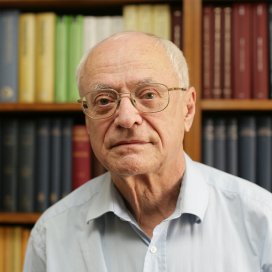
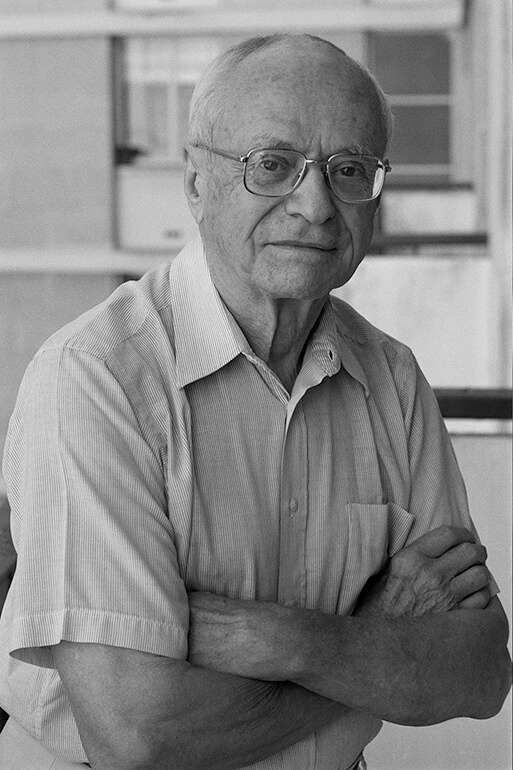


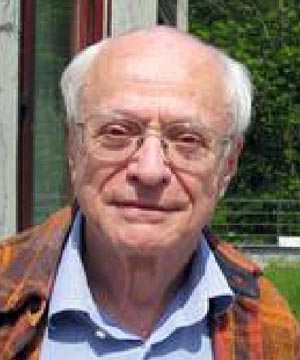




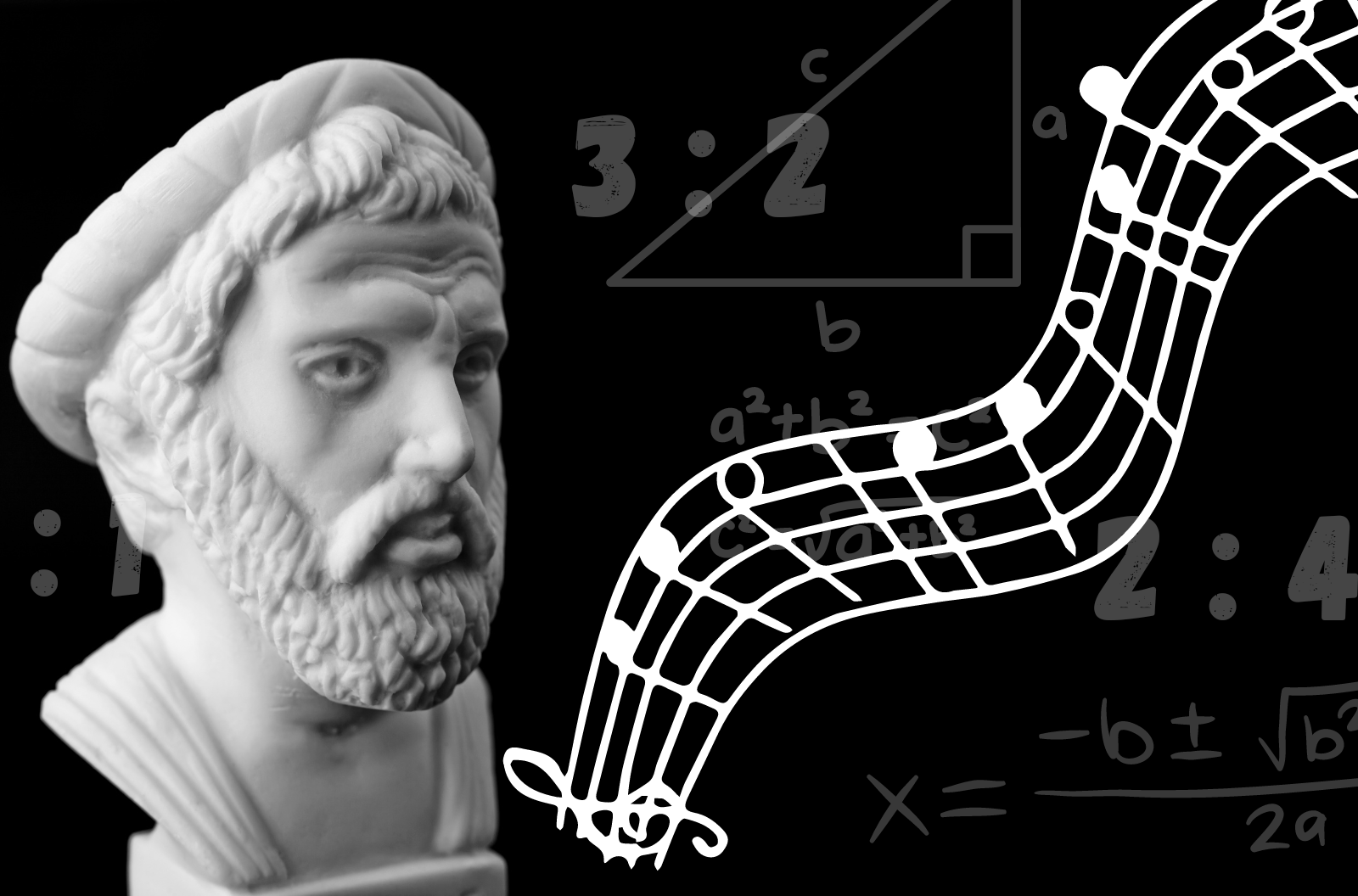


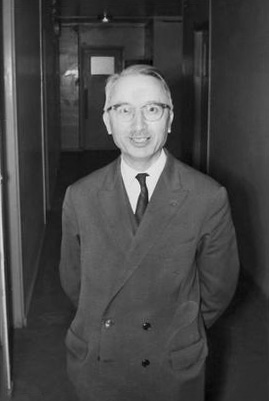

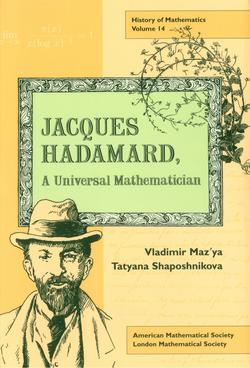

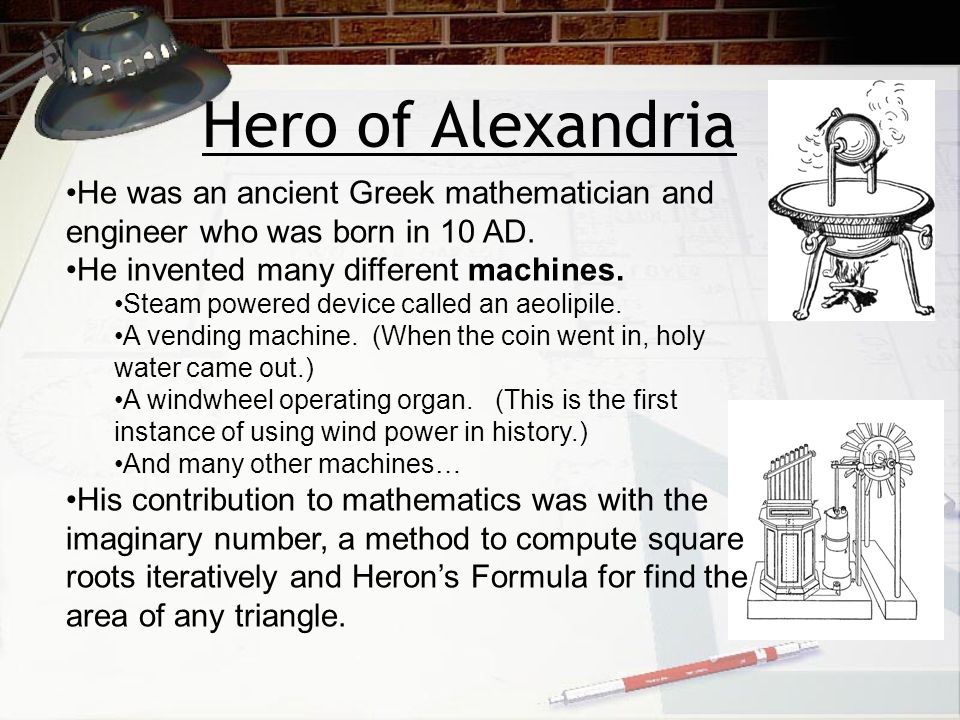





Comments